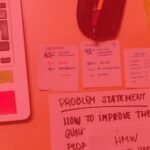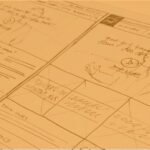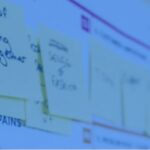USER TESTS: LEARN & IMPROVE # Distanciel
User tests are success accelerators. They make it possible to highlight the blocking points and bring out opportunities for improvement. They must be conducted at each stage of the project and without waiting. In the lab or in guerrilla mode, they will allow you to validate your design hypotheses, the user experience or your value proposition.




